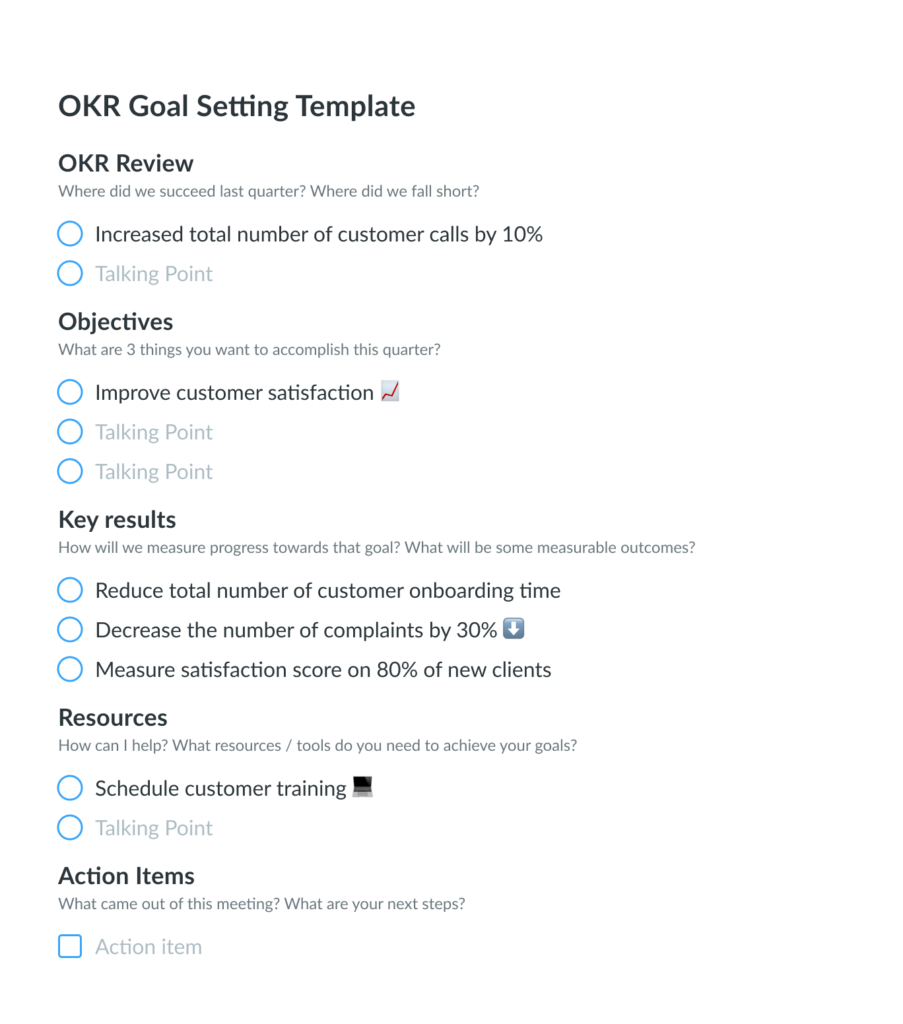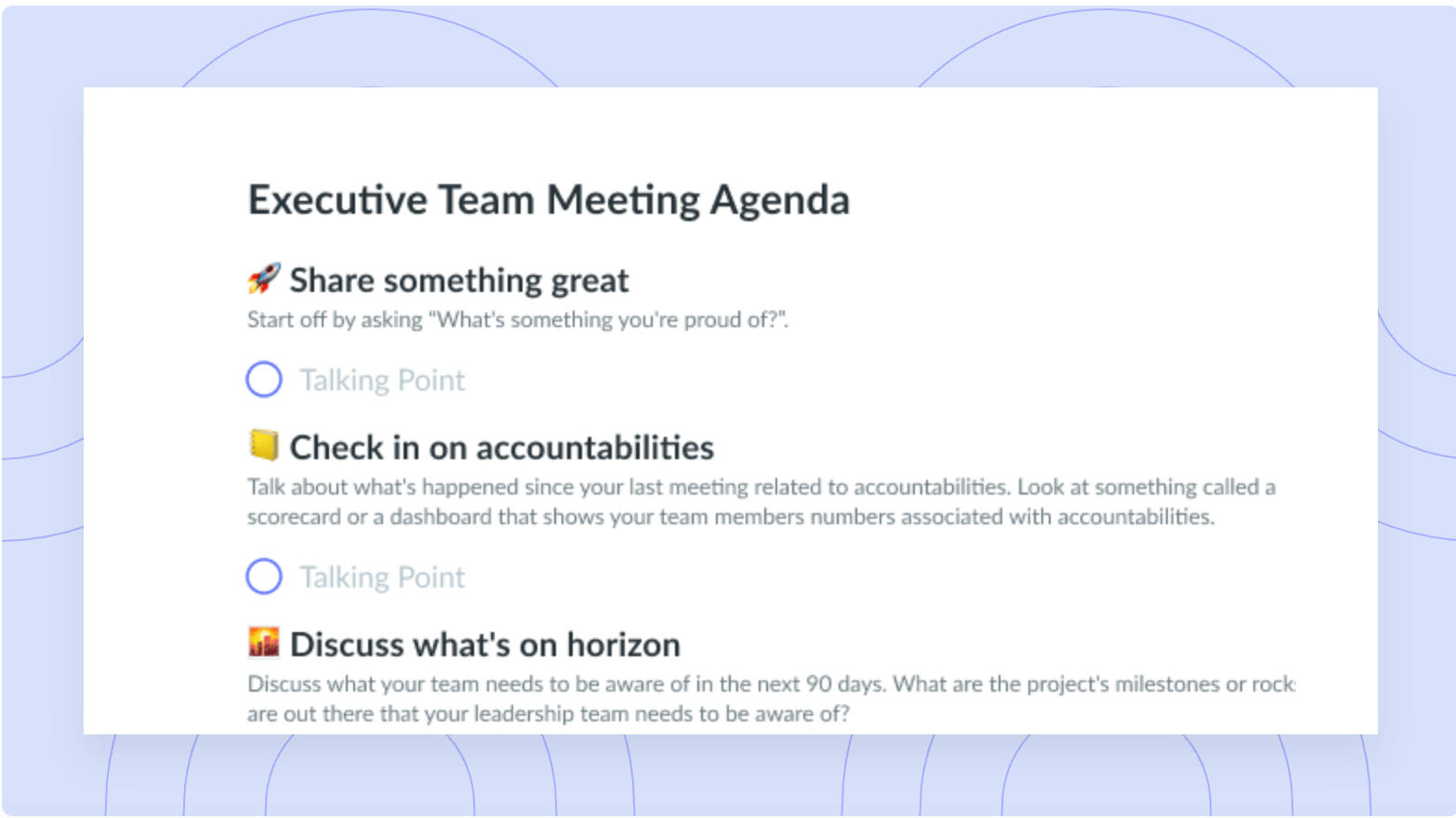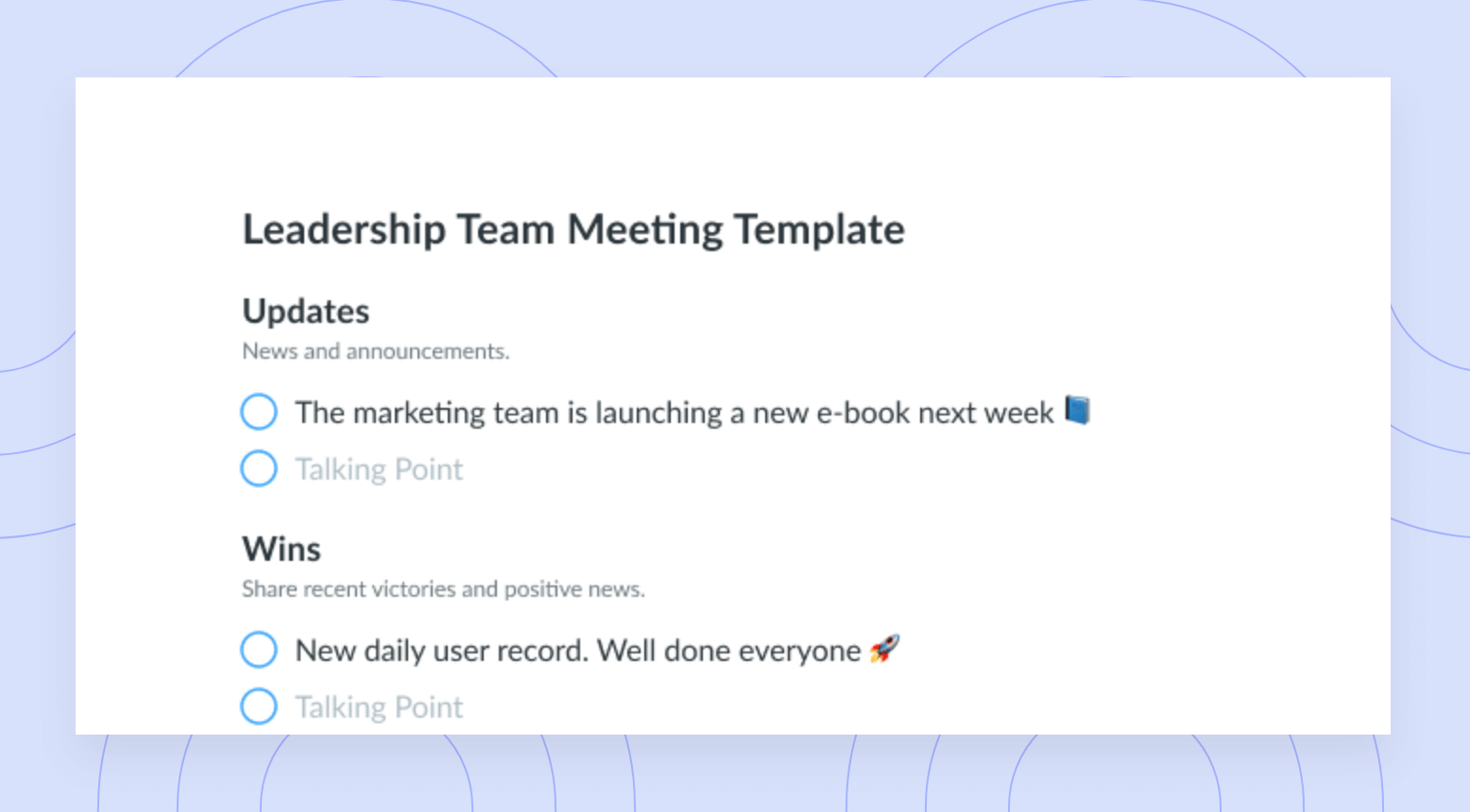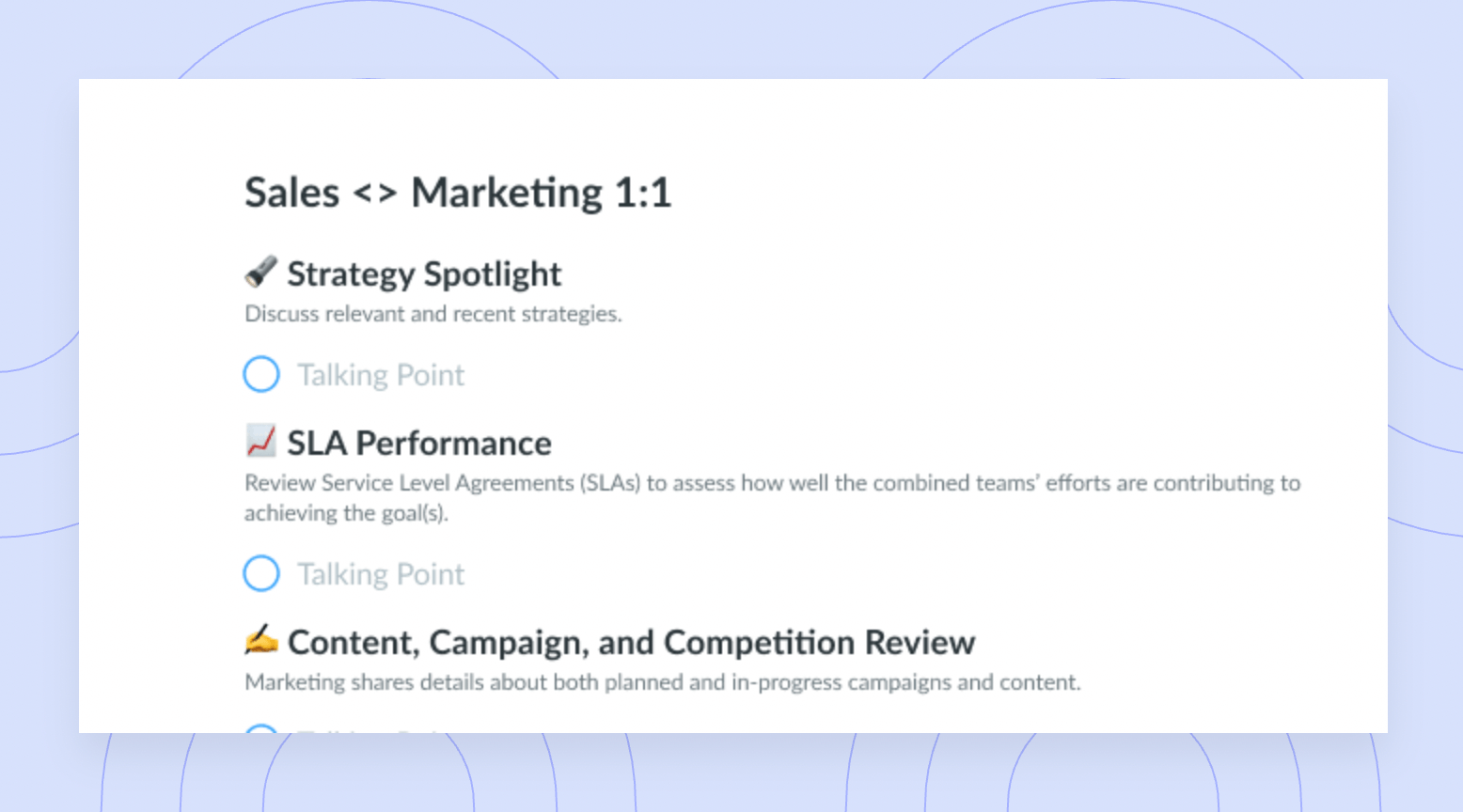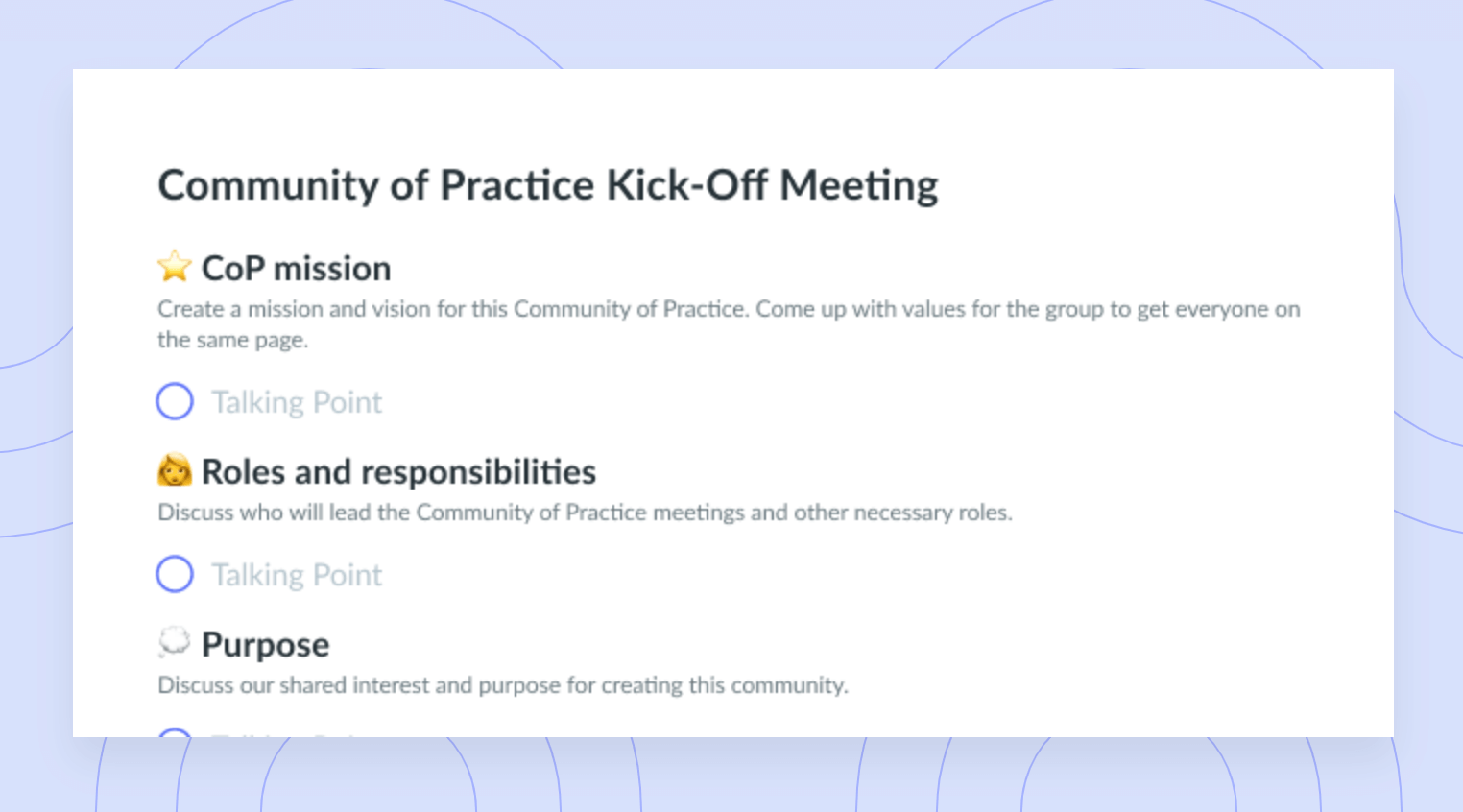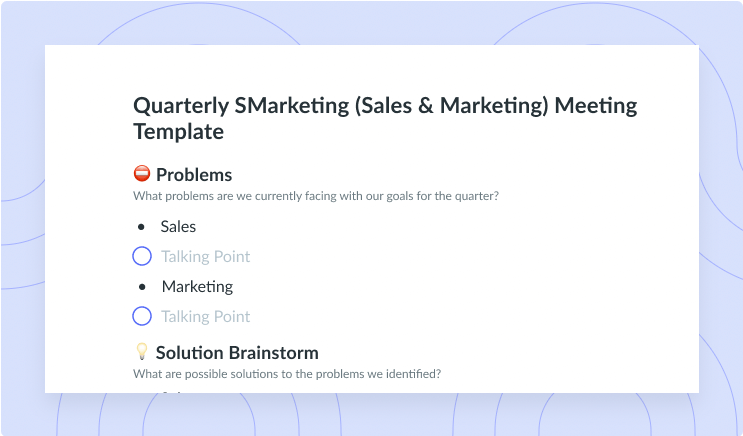15 Tips to Create and Improve Team Alignment
Team alignment allows for productive work to achieve common goals. Discover 15 tips to create and improve team alignment.
Have you ever wasted your time doing the same task as your team member? Or have you ever been in the dark about what your other team members are working on, feeling a disconnect? We have all had these feelings as a result of a lack of team alignment.
Team alignment ensures that everyone is on the same page, collective goals are achieved, and the team benefits from productive outcomes. So, find out 15 tips to create and improve team alignment to achieve the most success for your team!
- What is team alignment?
- 3 signs of an aligned team
- The importance of team alignment
- 15 tips for improving team alignment
What is team alignment?
“Team alignment is a term that’s used to describe how everyone in the team understands, collaborates, and works toward a common goal or vision,” says Enrico Palmerino, founder and CEO of Botkeeper. Without alignment, teams will be unable to reach their goals because each team member will be working towards something different. So, ensuring that you have an aligned team is crucial to fostering efficient and productive work.

Clear communication
Have one source of truth for the decisions made and action items assigned during meetings. Try a tool like Fellow!
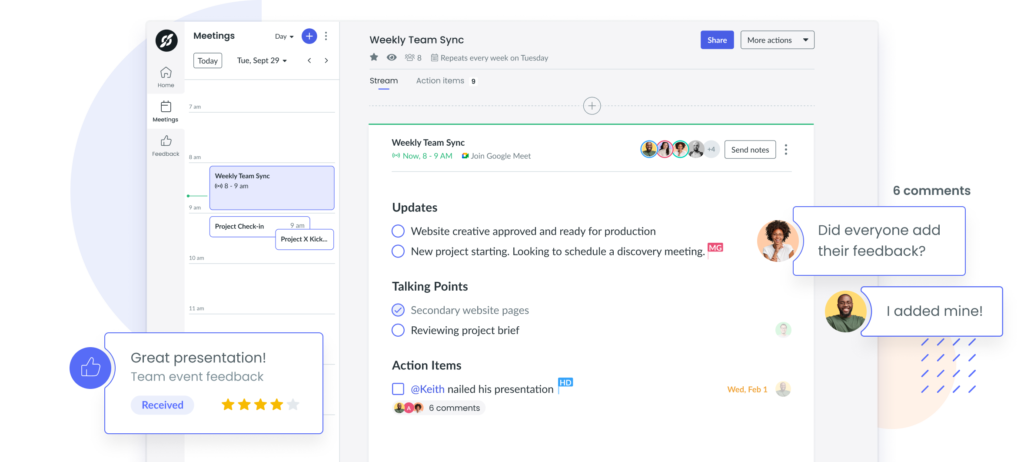
3 signs of an aligned team
🎯 A single vision: All employees understand the company’s main goals.
🗣 A single language: The same clear communication is used, and the same language is spoken.
➡️ A single direction: Team members work in the same direction towards the same goal.
The importance of team alignment in your organization
According to Palmerino, people are attracted to companies that state a clear vision and a clear company direction; in turn, this clarity improves companies’ retention rates. So, team alignment is important because it attracts employees and retains them for longer. Additionally, team alignment fosters productive and efficient work by ensuring that all team members work towards a common goal.
15 tips for improving team alignment
- Communicate with purpose
- Use objectives and key results
- Encourage collaboration over competition
- Set individual goals
- Host alignment meetings
- Review processes regularly
- Play team building games
- Have regular one-on-one’s
- Cultivate a growth mindset
- Be transparent
- Ask open-ended questions
- Define clear roles
- Offer guidance
- Document processes and changes
- Celebrate wins
1 Communicate with purpose
Communicating with purpose means communicating a clear sense of direction; this ensures that everyone is working towards the same goal. When we communicate purposefully, we ask the WHY behind decisions, projects, and changes to prompt transparency and alignment. This purposeful communication emphasizes how your team members’ skills contribute to the organization’s goals.
2 Use objectives and key results
Objectives and key results (OKRs) help employees track and visualize their role in the company. OKRs will help improve team alignment by ensuring that each team member works towards a common key result.
Here’s how to set OKRs for your team:
- Determine your goal
- Define your objectives and key results
- Ensure your goals are feasible
- Attach numbers to your results
- Set a timeline
- Create a grading scale
3 Encourage collaboration over competition
While healthy competition can be good, collaboration can foster team alignment. Peer-to-peer collaboration will build trust between team members and strengthen relationships. Collaboration allows team members to learn from each other’s skills and use these to get work done efficiently. Notably, “companies that promoted collaborative working were 5 times as likely to be high performers,” says Forbes contributor Adi Gaskell.
4 Set individual goals
Having collective goals among team members will ensure team alignment. However, having individual goals will help team members break down their tasks to achieve the collective goals more efficiently. For example, if your team’s collective goal is to boost organic traffic by 60%, some individual goals to help you achieve this may be ‘creating X amount of social copies per week’ or ‘writing X amount of blogs per week.’ Whether your individual goals are set on a daily or weekly basis, they will help larger goals look less intimidating and will help you achieve your collective goals with your peers.
5 Host alignment meetings
With the goal of kicking off a new project or mission, an alignment meeting typically takes place as an interactive discussion. This meeting aims to ensure that all team members are on the same page and aligned with the OKRs of the project or mission at hand. These meetings are important because they ensure that team members are prepared and informed on the shared objectives and their next steps.
Pro tip: Use Fellow to have a collaborative meeting agenda that lets all team members contribute to the discussion. You can also take meeting minutes using Fellow so the decisions made and next steps can be easily retrieved at a later date.
6 Review processes regularly
Team alignment is something that requires consistent work rather than a one-and-done solution. Thus, it’s important to review processes regularly. Often, once a process shows that it works, no further attention is given to it. However, processes become outdated and inefficient, so it’s important to regularly review processes to see what’s working and what’s not. For example, communication processes may need to be reviewed regularly to ensure that effective communication is being promoted.
“While alignment should certainly happen at regular strategy meetings, it should also happen at nearly every moment in between them.”
Doug Sundheim, Forbes Contributor.
7 Play team building games
Team building games help foster trust, help people grow, and build better relationships among team members. When employees have healthy relationships, they’re more likely to be aligned because they can trust each other and work well together to accomplish goals.
Here are 8 team-building games to try out:
- Trivia
- Two truths and a lie
- Online gaming
- Bucket list sharing
- Escape rooms (remote or in person)
- This is better than that
- Code of conduct
- Shark tank
8 Have regular one-on-one’s
Regular one-on-one’s help managers understand employees’ workloads and relationships with other employees. Additionally, one-on-ones help managers get a better understanding of how employees align with company goals and values.
“The sole purpose of one-on-ones is to get alignment on, then calibration against, what success looks like.”
Maynard Webb, CEO of LiveOps.
9 Cultivate a growth mindset
A growth mindset is a mindset where individuals “believe their talents can be developed through hard work, good strategies, and input from others,” says Carol Dweck, Harvard Business Review contributor.
Making sure that everyone understands the value they bring to the team and that there is always room for more growth will help cultivate this growth mindset. Furthermore, having a growth mindset means everyone on the team persistently checks and strives for new standards, which helps to ensure productive, aligned teams.
10 Be transparent
Transparency is key to fostering alignment. If employees don’t know what other team members are working on, aligning themselves is more challenging. Thus, transparency with team members’ tasks is crucial.
Additionally, transparency helps prevent the risk of overlapping tasks. For example, if you and Jane are both working towards a common goal but are unaware of the individual tasks you’re both doing to achieve those goals, you both may end up completing the same task. This results in wasted time and unproductive work.
11 Ask open-ended questions
Open-ended questions (rather than questions that require a yes or no answer) facilitate conversation rather and are important because they provide detail. When trying to foster team alignment, you’ll get a better understanding of your team’s dynamic and how you can align your team members when you ask open-ended questions.
Ask your team these team dynamic questions:
- Can you describe how you feel working with your team?
- What are your thoughts on how your team communicates about the work they’re doing?
12 Define clear roles
Defining clear roles and responsibilities will help employees understand exactly what is expected of them and their team, which leads to better alignment. This is also important because it will help avoid overlapping or forgetting tasks.
Here are 6 tips for defining clear roles and responsibilities:
- Understand your team’s strengths
- Determine what needs to get done
- Meet to discuss priorities on an ongoing basis
- Give people ownership over specific areas
- Ask employees about their long-term goals
- Align roles and responsibilities with your team’s goals
13 Offer guidance
When fostering team alignment, rather than solving your team’s problems for them, try to guide them in the right direction so they can solve the problem themselves. This will help them learn problem-solving skills and will serve as a teaching moment.
According to Eran Aloni, COO at Gong and SuperManager podcast guest, as a leader, you should provide your team with guidance and allow people to make mistakes. Aloni also says that sometimes mistakes can become huge successes: “Something may look like a mistake. But it actually opens the door to maybe something that no one else tried before.” Thus, offering guidance is essential, but letting your team learn from their mistakes is also important.
14 Document processes and changes
When you document new developments or changes, it’s easier for employees to read that summary than to ask someone for clarification. This documentation also allows teams to better adapt to new changes.
15 Celebrate wins
Whether big or small, wins should be celebrated. Celebrating wins is an excellent way for employees to build connections, and helps foster a positive environment. Celebrating individual or team wins is also important as it reminds team members of the value that they bring to the organization. Additionally, positive peer-to-peer relationships paired with a positive environment will help foster team alignment.
Parting advice
“Long-term success requires leaders to think beyond delivering specific initiatives and focus on building sustainable business practices. Fostering alignment is an essential element of doing that,” says Sundheim. So, follow the 15 tips above to create and improve team alignment and start seeing success!
